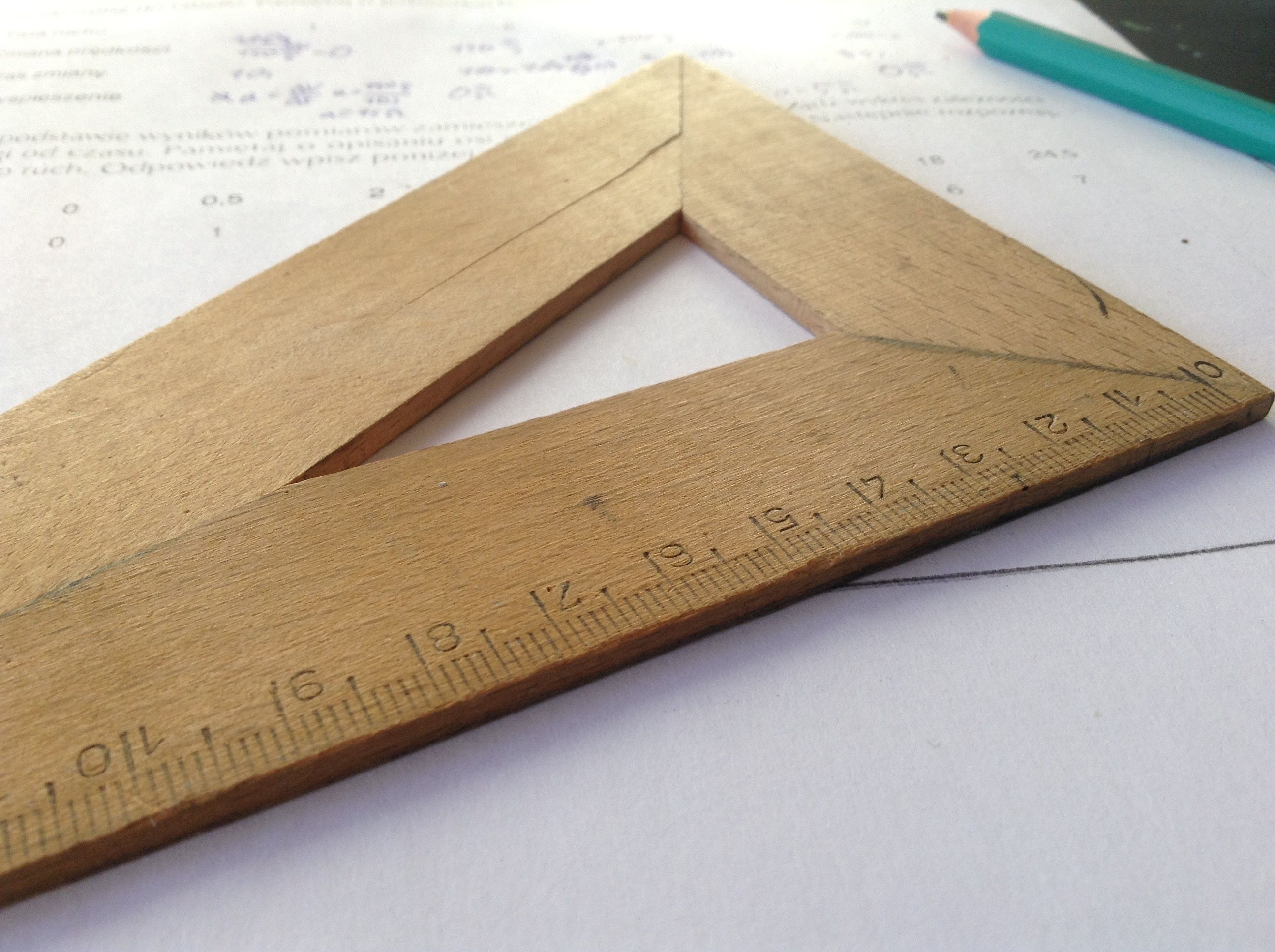Shape of new – introducing the scutoid, geometry’s new shape
Everybody knows their shapes, right? Even if you didn’t know their names, going through life without the circle and the square just isn’t going to happen – they’re such basic, everyday things. You’d probably expect that we knew about all the shapes that existed nowadays, which makes the news reports surrounding the discovery of a new shape seem very interesting. What is the scutoid, and how do you find a new shape in a world where there surely can’t be much geometry left to discover?
The scutoid is almost like a prism, with a pentagon on one end and a hexagon on the other. The faces are joined just like a prism, but one of the edges meets a triangular face that is found on one of the edges of the hexagonal face. It’s hard to imagine, so a link to a picture is probably best. And the name comes from its top-down resemblance to the scutellum, which is essentially the back of a beetle.
The faces are joined just like a prism, but one of the edges meets a triangular face that is found on one of the edges of the hexagonal face
As surprising as it may seem, new shapes do crop up fairly often – in 2014, scientists looking to create new springs created something called the hemihelix. Scientists, biologists and engineers are frequently finding new shapes – however, you shouldn’t be thinking about the scutoid in the same way as a mathematical shape. In maths, a shape is the form of an object or the external boundary that makes it up, with the most common being polygons (in two dimensions) and polyhedra (in three).
However, the study that came up with the scutoid defined a shape as any body that occupies three-dimensional space – although there are obviously infinite forms of shapes, the scutoid is defined as new because it is now of interest to scientists, and thus requires a name and a list of its properties in order to describe it. It’s not that the shape is particularly new so much as it is relevant to biologists now.
Scientists, biologists and engineers are frequently finding new shapes – however, you shouldn’t be thinking about the scutoid in the same way as a mathematical shape
Why is it relevant – where did the scutoid come from? Scientists have been studying epithelial cells, the building blocks of embryos that eventually end up both forming our skin and lining our organs and blood vessels, and trying to figure out what shape they would be (a very early guess was cubes and columns, but the body’s lack of flat surfaces means that wouldn’t work). A computer model predicted what shape would do the best at holding up in flat and curved layers, with the researchers then confirming that the shape can be found in the epithelial cells of fruit-fly salivary glands and zebrafish cells. They believe that the shape could be found in any animal, including humans.
The team behind the study have noted a number of potential applications for the shape, including in medical biology. Since scutoid-shaped cells are so efficient at staying packed together during development, it has been posited that they would be great for growing artificial organs, as they would offer architectural stability when a tissue bends.
Scientists have been studying epithelial cells, the building blocks of embryos that eventually end up both forming our skin and lining our organs and blood vessels, and trying to figure out what shape they would be
However, the shape’s total newness means that researchers are still getting to grips with the scutoid’s many possible uses and the possible implications that its discovery may have – the medical benefits and the enhanced understanding of the human body this shape could potentially provide make it a very exciting new development for biologists.

Comments